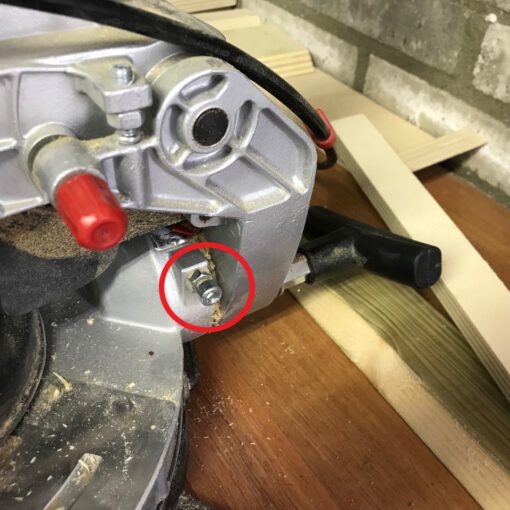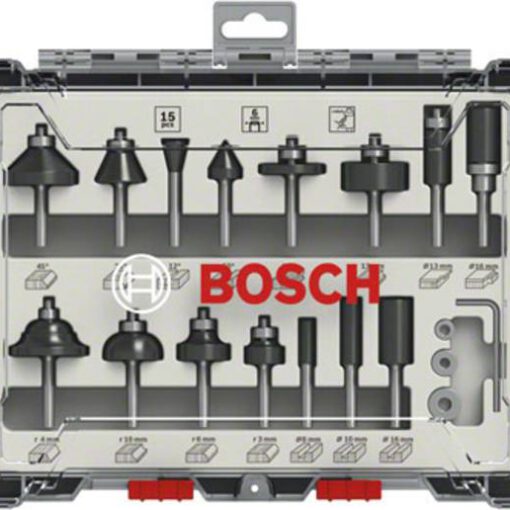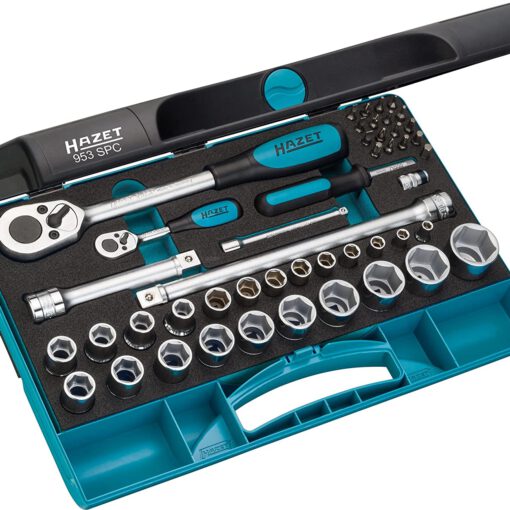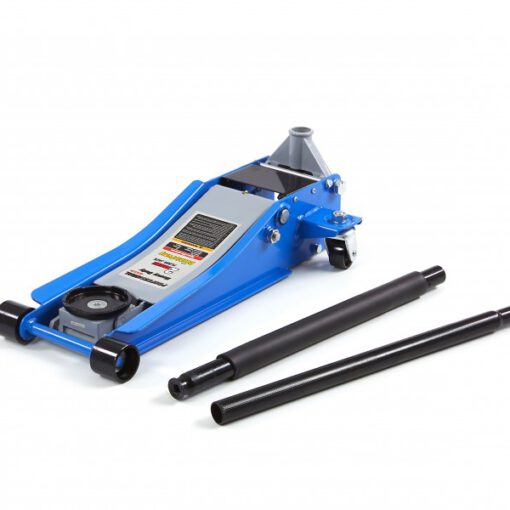No workshop is complete without tools. As a matter of fact, owning and collecting tools is (or at least appears to be) for some people the main reason behind owning a workshop. Just look at the number of YouTube channels doing tool reviews and the associated heated discussions about which brand is best. There are several aspects to buying tools:
- Price: On the extreme ends of the spectrum are people who buy the cheapest tools available (and replace what breaks) and those that only buy high-end stuff, often reasoning that the tool either will not break or will be replaced under a lifetime warranty, making the total cost of ownership lower than when buying cheap tools. There is some truth to this, as you might find that a cheap tool is not sufficient, making you spend money twice (at least) as you upgrade to better stuff. My approach is to spend a little more on tools that get used often or where quality and precision is important, and save some money on less-used items. I got a good track saw because I want precision, but a relatively cheap torque wrench as I use it only for tightening lug nuts. Were I to work on engines, it would have to be a more precise and hence expensive torque wrench.
- Brand loyalty: There are people who buy only one brand of power tools, if at all possible. This does make some sense with cordless tools. But each brands has areas or tools where they are not the best overall or best value. Hence my cordless tools are all Makita, but you’ll also find Fein, Metabo, and Bosch among my corded tools.
- What you need vs what you want: The completionist wants to be prepared for every eventuality, therefore he buys the 1,000 part tool chest and each power tool available from his favourite manufacturer. On the other end of the spectrum, the only-buy-what-you-need-right-now person never gets a project done because of all the time required to drive to the hardware store. Going down the middle road is probably the smart choice here.
To sum it up, make smart choices. Buy quality for regularly used items, but don’t overspend. Spend a little more now when it will save money in the future. Buy what you need.




